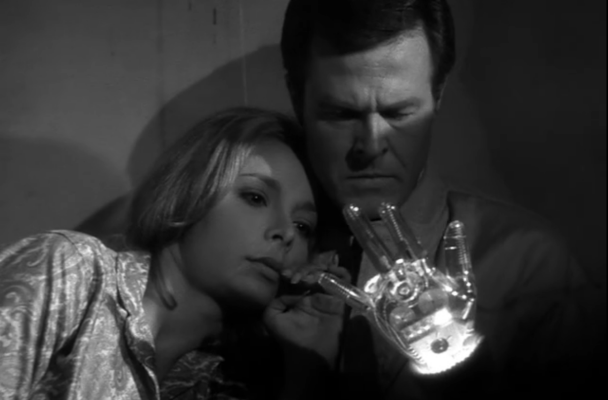The Outer Limits
Season 2, Episode 5: “Demon with a Glass Hand”
Original airdate: Oct. 17, 1964
Your computer screen is functioning perfectly. Do not try to modify the display. We are managing the transmission.
You are on the brink of embarking on an exciting journey. You are about to encounter the wonder and enigma that extends from the inner mind to—the This Was TV eerie roundtable.
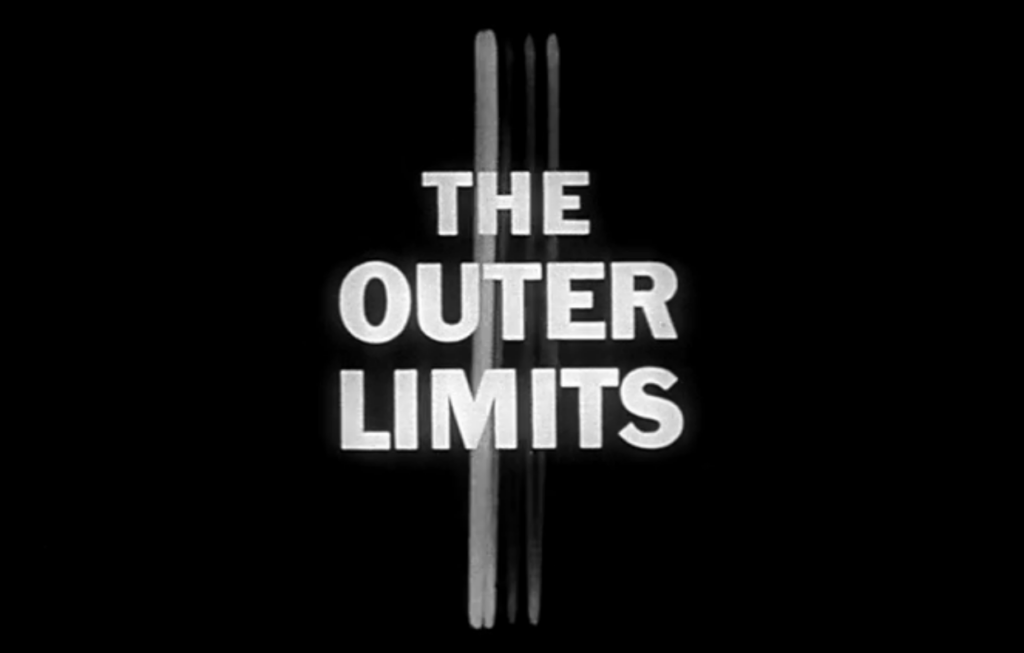
Nirajan: Once more, we’re delving into an episode from an anthology series that revolves around a single individual and the intricate movements of their fingers. However, our choice from The Outer Limits offers a vastly different experience from Alfred Hitchcock Presents.
Whereas “Breakdown” focuses on the solitary journey of a man trapped within his own mind, struggling to connect with the outside world, “Demon with a Glass Hand” presents a unique form of isolation in the life of Mr. Trent, who wakes up on the street with no recollection of his identity.
All he’s certain of is that he’s being pursued by an enigmatic entity known as the Kyben, that both he and they have traversed through time, and that he possesses a luminous glass hand that provides him with potential scenarios in a composed and rational manner.
The narrative, penned by Harlan Ellison, sets the stage for a colossal human-Kyben conflict (a theme he would revisit in future works), yet what astonishes me is how insular the story truly is.
Virtually every character in the tale is confined to some extent, and the impact lies in their acute awareness of this predicament.
Trent and Consuelo acknowledge their entrapment within the office complex, with no escape other than resorting to violence to reassemble the hand.
The Kyben are aware of their entrapment within this era, despite their declarations of fearlessness in the face of death, as they hesitate when Trent threatens to remove their medallions and send them hurtling back through time.
In the end, Trent comprehends his inescapable entrapment due to the revelation of his Eternal Man status, the twelve centuries of waiting he must endure, and the weight of seventy billion lives bound to his existence.
One similarity this episode shares with “Breakdown” is the commanding presence at its core: Robert Culp, renowned for his roles in I Spy and The Greatest American Hero.
Ellison crafted the character of Trent with Culp in mind, and he delivers a remarkable performance as a man grappling with nearly impossible circumstances.
While I found his connection with Consuelo uninteresting (I must admit, I thought Arlene Martel’s performance was rather lacking), Culp effectively conveys restrained anger when interrogating the Kyben captives and growing frustration as the hand nears completion.
The latter is particularly significant as he engages in conversations with an inanimate object, characterized by its smooth, monotone delivery, reminiscent of more sinister AI voices like HAL 9000, creating the sensation of an ongoing but elusive dialogue.
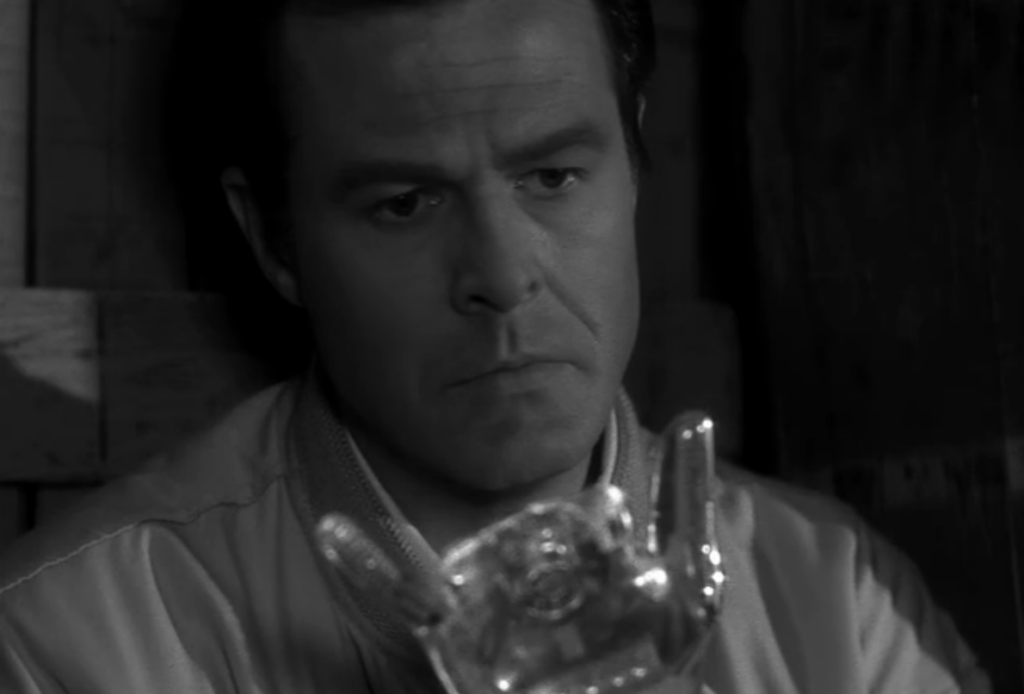
In line with our ongoing discussion about the effectiveness of horror within the constraints of television, I’d like to commend “Demon With a Glass Hand” for its exceptional ability to create a sense of claustrophobia.
Evidently, Ellison’s original script envisioned a wider cross-country pursuit of Trent by the Kyben, but due to budget limitations, it was modified to the final narrative set within the office building.
This is the right decision, with director Byron Haskin (also responsible for the 1953 film adaptation of War of the Worlds) skillfully capitalizing on this constraint and the chosen location* for the shoot.
The scenes involving gunfire exchanged across the walkways, the tense setting of the attic where Trent and Consuelo take refuge, and the dynamic elevator sequence as Trent and Kyben chase the final finger down the main shaft all contribute to a feeling that, for this one night, the entire world of these characters is confined to these five floors.
*The episode was filmed within the iconic Bradbury Building, a location featured in numerous films and TV shows, most notably for the concluding scenes of Blade Runner, another narrative that masterfully explored the boundaries between humanity and machines, posing intriguing questions about who was truly human and who was a machine.
Muskan: The Outer Limits often sets itself apart from other horror and suspense series through its overt embrace of science fiction.
This genre can sometimes age quickly compared to others, perhaps contributing to the show’s relative obscurity when compared to its contemporary, The Twilight Zone. However, the science fiction elements in “Demon” aren’t tied to a specific era’s vision of the future.
Instead, this narrative delves into primal, visceral emotions – such as dedication to one’s society, fear of death, and utter obliteration. It happens to employ alien races and superintelligent computers as integral components.
One of the most compelling and inventive aspects of the story lies in its exploration of the idea that life itself could be digitized and stored on electronic media, a concept that was already in the early stages of development using methods that were only a few decades old at the time.
Similar to your sentiments, Nirajan, I found the romantic subplot rather unengaging, as it seemed to be inserted as a mere checkbox in the storytelling process, a common pitfall in many narratives.
What truly captivated me was the relationship between Trent and his cybernetic hand. Right from the outset, that device exudes an unsettling quality; it’s physically attached to him, yet I harbored doubts about whether it was genuinely his ally.
Nevertheless, Trent places unwavering trust in it. When the hand advises him to allow the Kyben to end his life, he doesn’t question it and barely hesitates. Strangely, despite my reservations, I didn’t immediately think of HAL.
Instead, my initial references were those of steadfast oracle guides like Ziggy from Quantum Leap or Booster Gold’s companion, Skeets. The hand is both the key to the narrative – transforming the middle portion into a classic quest to retrieve its missing components – and a distinct character.
It holds authority, so even if we perceive the fate of humanity as resting largely on one man, that man’s destiny is controlled by unfeeling technology.
This notion is profoundly disquieting and resonates even more strongly in the 21st century than it did in the mid-20th.
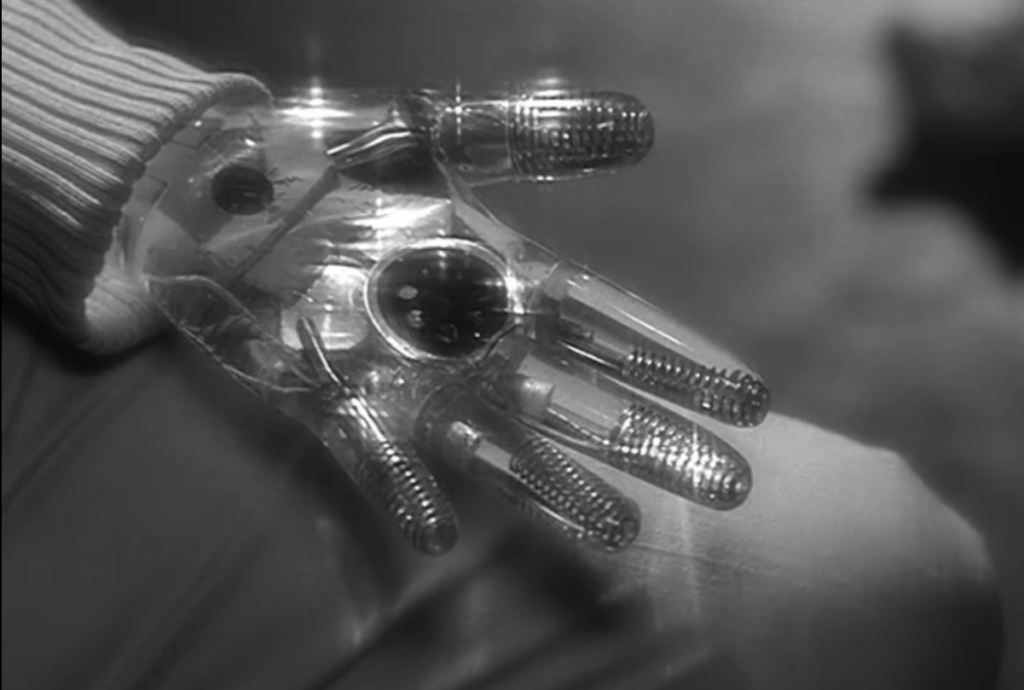
The concept of control is ingrained in The Outer Limits‘s approach. This is evident right from the iconic title sequence, which retains its unsettling power even 50 years later.
The dissonant mix of malfunctioning TV audio and distorted visuals is remarkably eerie (and I can imagine it being even more so for viewers who were just beginning to adapt to this new device in their living rooms).
The composed yet ominous narrator reinforces the sense of foreboding: Amidst the chaos, someone is in charge, but it’s not you.
Also Read: Roundtable Review: Airwolf, “Fallen Angel”
Kriti: I’d like to add my voice to the sentiment that the romantic subplot felt contrived, particularly in contrast to Proto Sarah and Kyle.
However, I suspect this might have been somewhat intentional. She portrays a damaged individual trapped in an abusive relationship, and as the episode unfolds, I can almost believe that this dire situation pushed her beyond her limits, leading her to cling to him out of desperation.
The conclusion carries a harrowing finality as she walks away from him in shock, not just for his sake but for her own; I doubt she will ever truly recover from the ordeal.
I find the notion of our survival relying on something “soulless” quite intriguing. It begins with humanity’s typical self-sabotaging tendencies, being unnecessarily cryptic and failing to program Culp’s robot to understand itself fully.
Then there’s our arrogance in assuming that Culp himself is devoid of a soul. It’s a captivating and nuanced performance. You can observe his devastation as he watches her depart, realizing that his enduring wait is just commencing.
Yet, there’s a sense of dignity in him, a determination to stand up and fulfill his role as humanity’s sentinel for survival.
Perhaps the ultimate irony lies in the idea that the very technology we create to inflict harm can ultimately rescue us, but only by transcending our need for instant gratification.
Sidant: “Demon with a Glass Hand” is a compelling exemplar of a recurring theme in Harlan Ellison’s body of work: that of an individual compelled to endure suffering for the greater good of others.
Ellison’s protagonists are frequently thrust into situations where they must bear unimaginable burdens for the well-being of their people, often without their consent and even when those people remain oblivious to their sacrifices.
In this case, Trent is compelled to live in isolation for over a millennium, keeping a solitary vigil. Typically, these figures are conscripted into service with little or no knowledge of what awaits them.
It’s even more distressing here because Trent was purpose-built for this role, leaving him with no means of escape.
I had heard about Ellison having to revise his script to adhere to budget constraints, and I concur that the revised setting was the correct decision.
I can’t envision the story being as effective if it had been portrayed as a cross-country pursuit as Ellison initially envisioned.
The tension stemming from the shadowy, confined environment is a key element that contributes to the episode’s uniqueness.
I didn’t really mind the inclusion of the love story. Martel’s acting doesn’t reach great heights, but I felt it was an effective setup for the devastating revelation.
It also adds another layer of irony; her people, the human race, will potentially be saved and resurrected by a being she finds repulsive.
This raises an unanswered question: Why program Trent to believe he’s human, especially considering that his robotic hand essentially spills the truth as soon as possible?
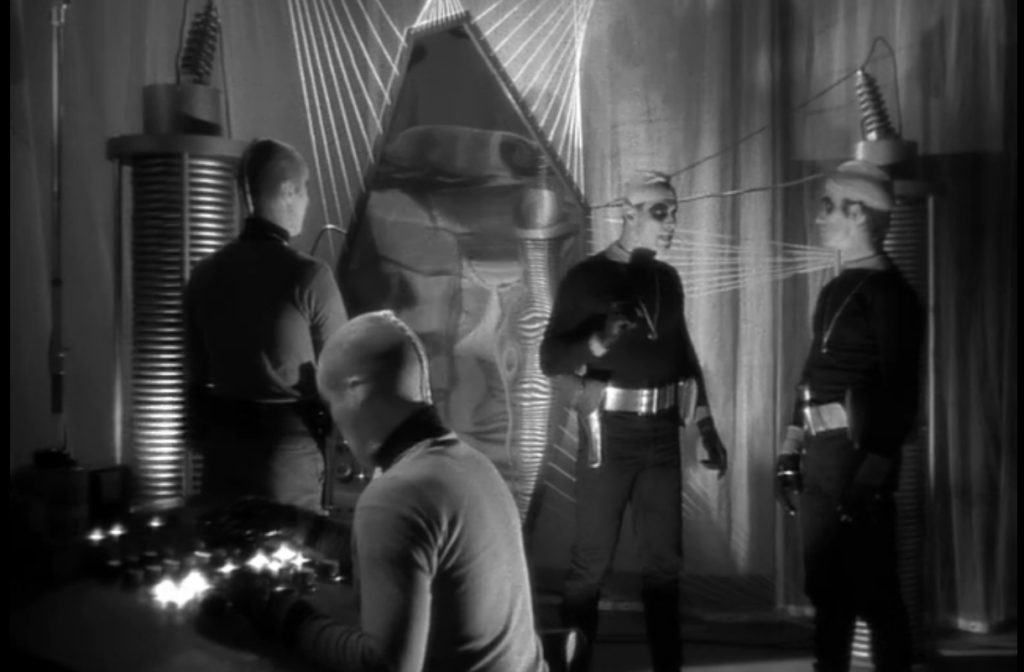
But the story culminates with Trent embodying a recurring theme in Ellison’s narratives: the ability to confront and cope with adversity. He finds himself in a dreadful situation, burdened with an arduous role and no escape.
Yet, he just accepts it and deals with it. The final shot of him, standing above us, exudes a sense of determination and purpose. He may face a thousand-year wait, but he soldiers on undaunted.
Noel: Why program Trent to believe he’s human? The answer lies in providing him with a sense of sentience and drive.
Without that sense of humanity, without the motivation derived from believing he’s one of us, there would be little reason for Trent to complete his mission.
If the hand had revealed the truth too soon, Trent might have simply chosen to embark on a different path, like heading to Vegas to discover his knack for card counting. It’s an intriguing consideration of rewards and incentives for what is essentially a worker.
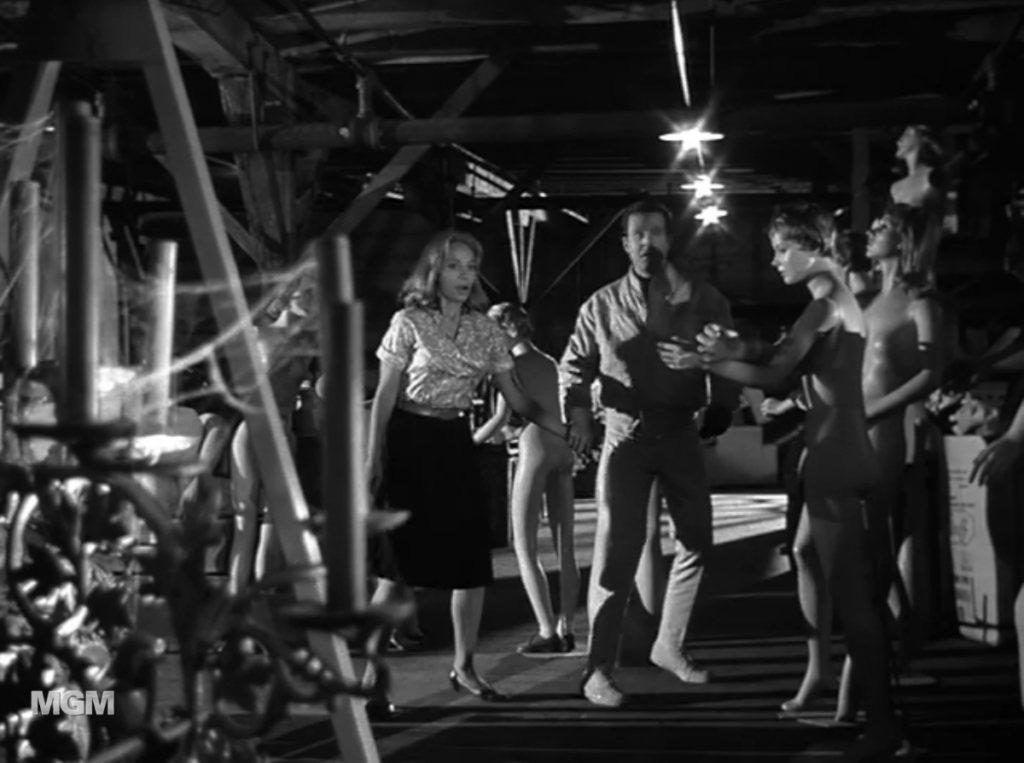
I agree with Sidant and Kriti regarding the romantic subplot. Martel is handed a challenging character (an abused wife, emotionally distraught), and she does her best to breathe life into it.
Nevertheless, she manages to sell that pivotal revelation, making it resonate in a way that might not have been possible if Trent had been isolated the entire time.
Her departure from the building effectively strips away whatever last semblance of humanity Trent believed he possessed. Now, all that remains for him is to wait.


